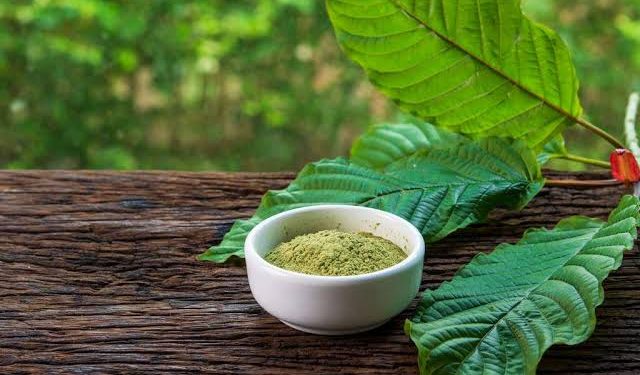Kratom, a tropical evergreen tree native to Southeast Asia, has gained popularity worldwide for its medicinal properties. Derived from the leaves of the tree, Kratom, scientifically known as Mitragyna speciosa, has been used in traditional herbal medicine for centuries. This natural substance contains several alkaloids, most notably mitragynine, and 7-hydroxymitragynine, which interact with various receptors in the brain to produce different effects. Today, kratom capsules and other forms of supplements are widely available for consumer use. Keep reading as we delve into the fascinating world of kratom.
Kratom Leaves and Their Unique Chemical Compounds

Kratom's effects are attributed to the presence of alkaloids, primarily mitragynine, and 7-hydroxymitragynine, found in its leaves. These compounds interact with opioid receptors in the brain, eliciting effects that vary from stimulation to sedation, depending on dosage. The concentration of these alkaloids can differ among the various strains of kratom, contributing to the uniqueness of each type.
Research into the phytochemistry of kratom has revealed over 40 different alkaloids within its leaves, with mitragynine being the most abundant. These compounds are responsible for the wide array of effects reported by users and are the focus of ongoing studies aiming to uncover their full potential and risks. The complexity of kratom's alkaloid profile suggests there is still much to learn about its pharmacological implications.
Understanding the distinct characteristics of these alkaloids is not only crucial for potential medicinal applications but also for informing safe consumption practices. As each alkaloid may affect the body differently, their collective impact can vary greatly. The pharmacokinetics, or the way the body processes these compounds, is a key area of study for researchers examining kratom's effects.
The Varied Effects of Kratom on the Human Body
Kratom's interactions with opiate receptors can result in a spectrum of effects, often grouped into stimulant and sedative categories. At lower doses, users typically experience increased energy, alertness, and sociability. These stimulating properties have made kratom appealing to those seeking a natural alternative to caffeine or other pharmaceutical stimulants.
Conversely, kratom's sedative effects, which include pain relief and a sense of calm, generally manifest at higher dosages. This dichotomy in effects contributes to the controversy surrounding kratom, as it can be both helpful and problematic, depending on usage patterns.
The diversity of kratom's effects underscores the importance of understanding individual susceptibility and responsible usage. While some view the botanical as a natural alternative to conventional treatments, caution is advised. Ongoing research is critical to comprehensively evaluating the benefits and drawbacks of kratom use on human health.
How Kratom is Consumed

Kratom is consumed in various forms, each catering to different preferences and practices. The most traditional method involves chewing fresh leaves, which is still common in some parts of Southeast Asia. For many, the bitter taste of the leaves leads to a preference for other forms, such as powders or extracts.
Dried and crushed kratom leaves can be brewed into teas, which users often sweeten to mask the bitterness. Tinctures and extracts offer a more potent and convenient way to consume the substance, as they provide a higher concentration of alkaloids. These methods are part of a broader range of devised methods to make kratom more palatable.
Kratom powders have gained popularity due to their versatility. Powders can be mixed with liquids or food or even packed into capsules. For those seeking convenience and dosage precision, kratom capsules offer a practical solution. Capsules enable users to avoid the distinctive taste entirely while providing portability and ease of use.
Despite the various ways to consume kratom, user discretion is key. The onset and duration of effects can vary with the consumption method, and individuals should be aware of how these factors might influence their experience. Responsible usage includes recognizing the most suitable form for consumption, as well as adhering to safe dosing practices.
Kratom offers a natural alternative for those seeking relief from certain conditions or looking to enhance their physical and mental well-being. Its growing popularity and user testimonials continue to generate interest among both traditional and modern medicine practitioners, making it an intriguing subject for further research and exploration.








Discussion about this post